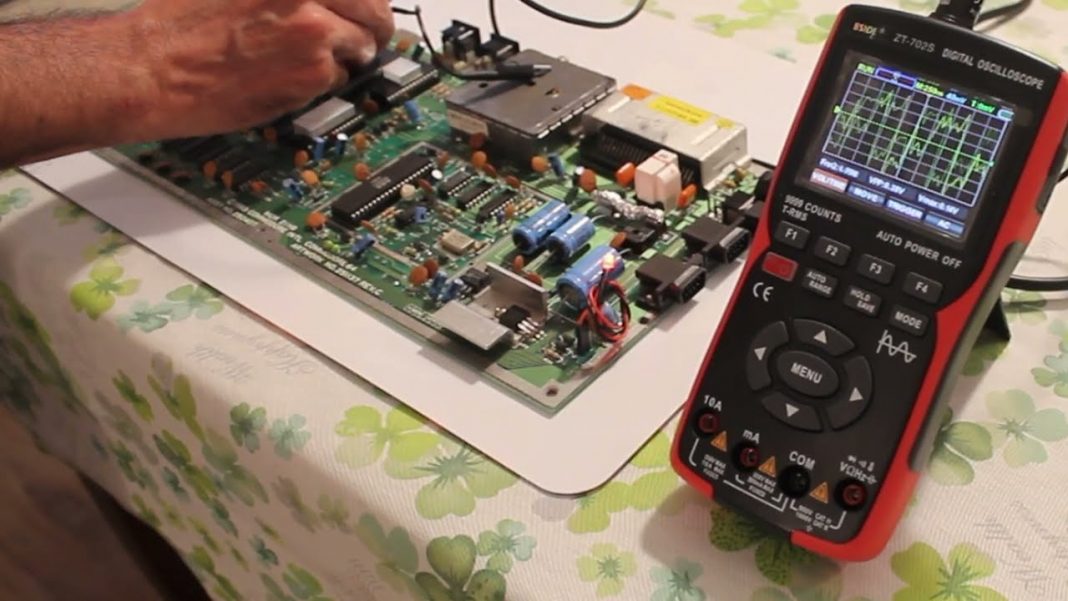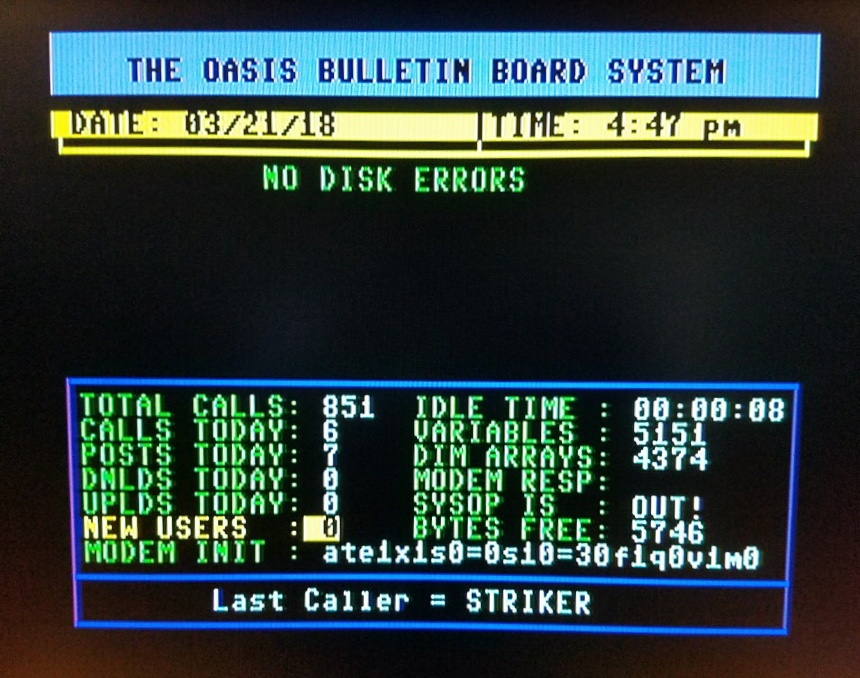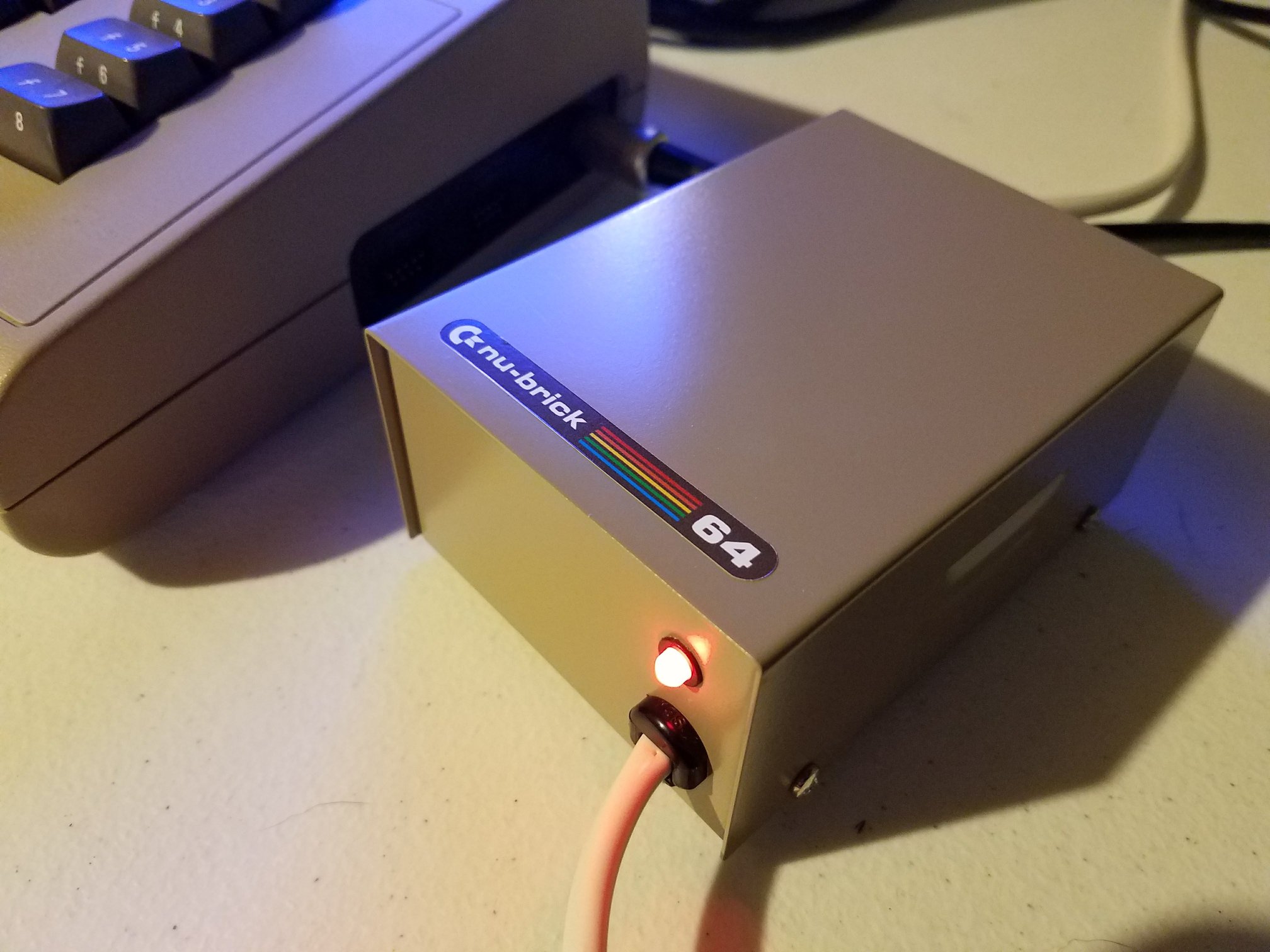In this video, the Triple Freedom channel demonstrates the difference between a functioning MOS 6510 CPU and a faulty one using an oscilloscope. They begin by analyzing the clock signal from the VIC chip and then examine the CPU signals.
Analyzing the Clock Signal
1. Connect the oscilloscope to the VIC: Attach the oscilloscope’s probe to the clock pin of the VIC chip.
2. Set the oscilloscope settings: Adjust the oscilloscope to display a stable waveform, typically setting the time scale to around 2 microseconds per division and the voltage scale to 2 volts per division.
3. Observe the clock signal: A properly functioning VIC should produce a clean, square-wave signal with a consistent frequency (around 1.5 MHz for the Commodore 64). Distortions, irregularities, or missing pulses could indicate issues with the VIC or its associated circuitry.
Analyzing CPU Signals
1. Connect the oscilloscope to the CPU: Attach the oscilloscope’s probes to the appropriate address, data, or control lines of the CPU. Refer to the Commodore 64 schematics or service manual for specific connection points.
2. Trigger on a known signal: Set the oscilloscope to trigger on a known signal, such as the PHI2 clock signal, to synchronize the waveform display with the CPU’s clock cycle.
3. Observe CPU signal patterns: A correctly functioning CPU will display specific signal patterns corresponding to its instructions and data manipulation. Deviations from expected patterns could indicate internal CPU issues.
Important Considerations
Understanding CPU Architecture: Analyzing CPU signals requires knowledge of the CPU’s architecture, instruction set, and timing diagrams. If you’re unfamiliar with these concepts, seek assistance from someone with electronics or computer repair expertise.
Oscilloscope Limitations: While an oscilloscope is valuable for diagnosing CPU issues, it has limitations. It helps visualize signal integrity and identify distortions, noise, and gross timing problems. Comparing the signals of a known-good CPU with those of the one being troubleshot can pinpoint deviations causing malfunctions.
An oscilloscope can effectively diagnose CPU issues by visualizing signal integrity, identifying distortions and noise, and comparing reference signals. However, a thorough understanding of CPU architecture and timing is essential for accurate analysis.








